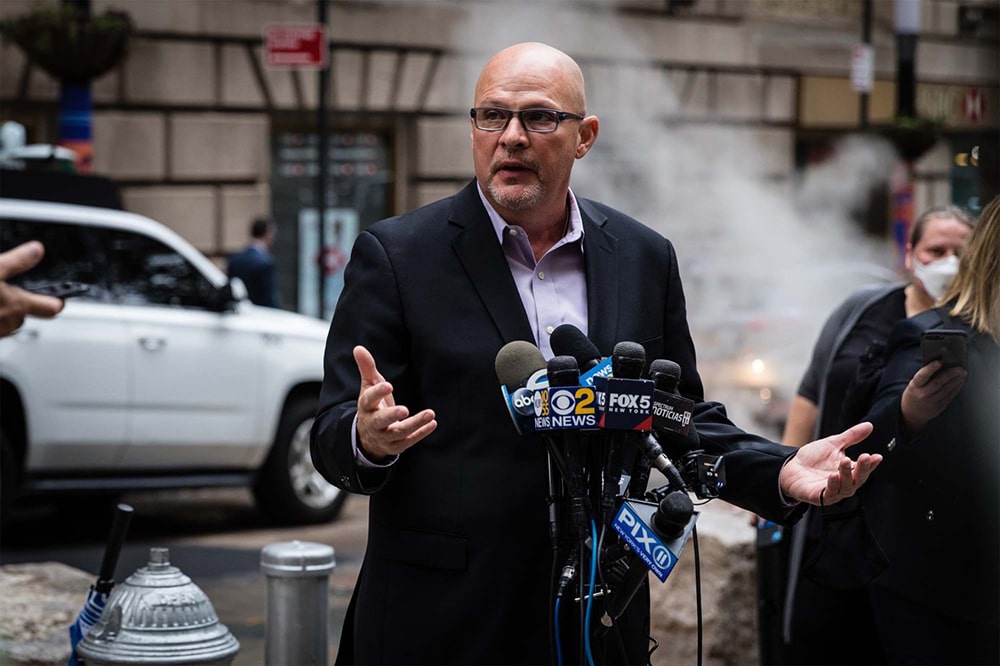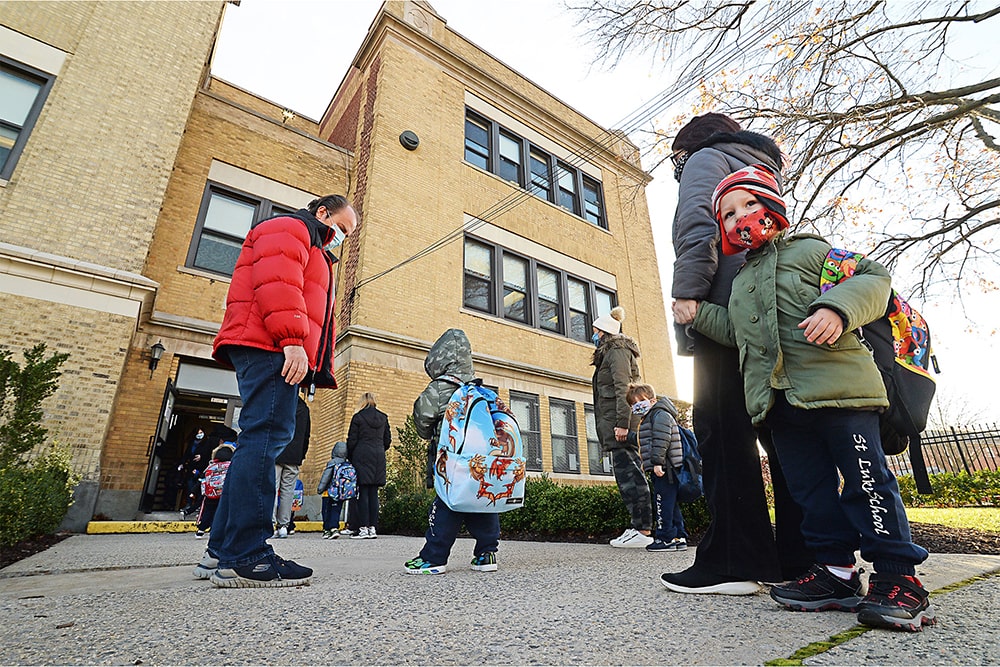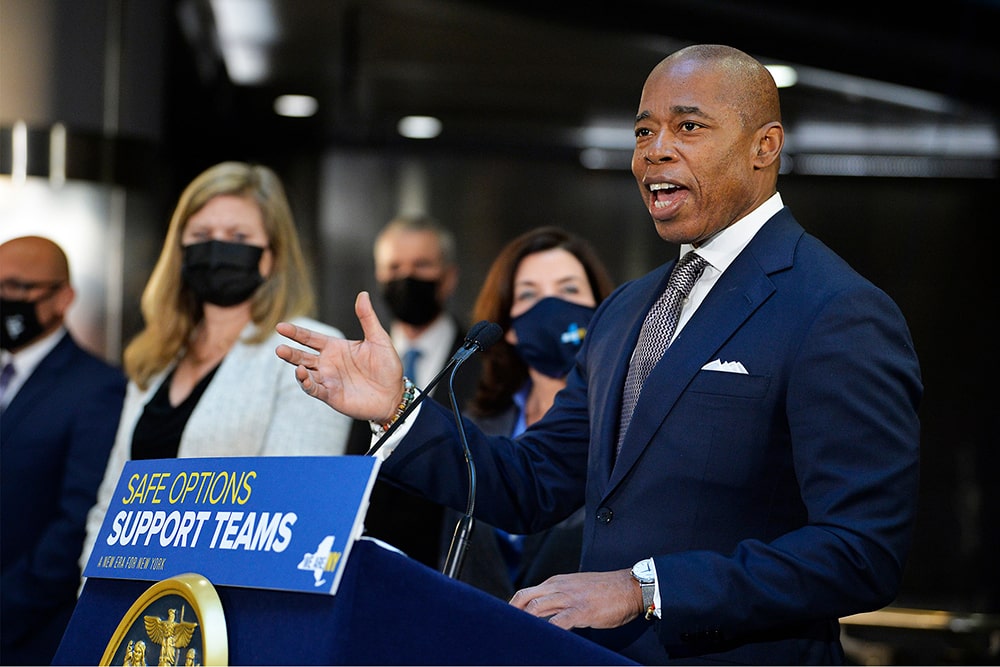Catholic schools disprove teacher-union claims schools must close for safety
Originally published on nypost.com

The success of Catholic schools in New York City have shown that United Federation of Teachers chief Michael Mulgrew is wrong to want to shift to remote learning again.
Mayor Eric Adams has commendably signaled his intention to ignore United Federation of Teachers chief Michael Mulgrew’s suggestion that public schools close and shift to remote learning, insisting that after two years of “lost education,” we simply “can’t do it again.”
He’s right — and Catholic schools have demonstrated that most of the two years of lost learning and socializing, along with the attendant burdens families faced, were unnecessary.
While public schools got bogged down in pandemic politics, union-driven closures and a year and a half of mostly ineffective remote learning, Catholic schools in major cities have been continually open for in-person instruction since September 2020.
They followed the science: Faculty and students adapted to masking, social distancing, teaching in small cohorts and contact tracing. They demonstrated that safe in-person learning was possible despite the pandemic.
In the 2020-2021 school year, only one case of COVID-19 in New York’s Catholic schools was traced to in-school transmission. Similarly in Boston, Catholic schools reopened almost a year ahead of public schools without any COVID-19 outbreaks.
With New York schools adopting safety measures similar to the proven Catholic-school measures, Adams can say that “the safest place for children is inside school.”
When public schools shut down in early 2020 and fumbled with remote learning, Catholic schools scrambled to get students tablets and Wi-Fi hotspots. They kept regular schedules, traditions and instruction remotely while using technology to digitize schoolwork.

Catholic schools in major cities have been able to stay open by following COVID-19 protocols for most of the pandemic.
But in the end they, and even the best of other schools trying remote learning, concluded remote is a poor substitute for in-person instruction.
With the pandemic persisting, Catholic schools used summer 2020 to prepare to reopen safely with most students in class and a remote option for families uncomfortable with in-person schooling. For these remote students, Catholic schools did synchronous instruction as the best alternative to in-person participation, with uniforms and cameras on for virtual class.
Upon reopening, Catholic schools added counseling for the serious student problems closings caused, particularly for those from troubled homes and neighborhoods for whom their schools’ structure, activities and values provide safe passage through the day. On the academic side, Catholic schools used cutting-edge technology to identify and remedy individual education deficits resulting from closings and remote learning.
Meanwhile, New York’s public schools stumbled into the 2020-2021 school year woefully unprepared and two weeks late. Then, many schools still closed due to the low 3% positivity-rate threshold for closures the teachers union won by threatening an illegal strike.
Roughly 70% of the city’s students spent the school year entirely remote. It was a lost year for most, followed by weak catch-up programs.
It wasn’t for lack of funding: New York City spends the most of any large school district in the country, $28,000 per pupil — almost three times the $10,000 per student cost of the city’s Catholic schools, which have higher graduation and college matriculation rates generally and for similarly disadvantaged students.
Concerned parents voted with their feet. Gotham schools have lost 50,000 students since fall 2019, a 4.5% drop or quadruple the rate of decline from the two prior non-pandemic school years. Parochial-school enrollments, by contrast, were up for the first time in 27 years, with 2,500 students transferring from public schools despite the burden of tuition. In Brooklyn and Queens, after years of steady decline, 60% of parochial schools have expanded enrollments, with the share of non-Catholic students at an all-time high of 20%.
Boston’s parochial schools added more than 5,000 new students the last two school years, with 80% transferring from public schools. At about 32,500 students, Boston’s parochial-school system is a sizable alternative to Boston’s 46,000-student public-school system.

Mayor Eric Adams has remained committed to keeping schools open during the COVID-19 surge.
Without teachers unions and stifling bureaucracies, Catholic schools outperform public schools in good times — but institutions are truly tested in bad times, and under the stress of a once-in-a-century pandemic, Catholic schools stayed true to their charges, adapted and proved what worked.
For public schools, it’s a question of having the political will to stand up to teachers unions: Under public pressure for exploiting the pandemic to shutter schools to the detriment of our children’s education and well-being, unions have publicly changed their tune — but they still threaten closures.
After eight years of obeisance to the teachers union, it’s refreshing to have a mayor who puts students first.
Ed Cox was a founder and the co-chairman of SUNY’s Charter School Committee and has been involved with Catholic schools since 1985 as a founding director of Student Sponsor Partners, which sponsors needy students in Catholic high schools.
